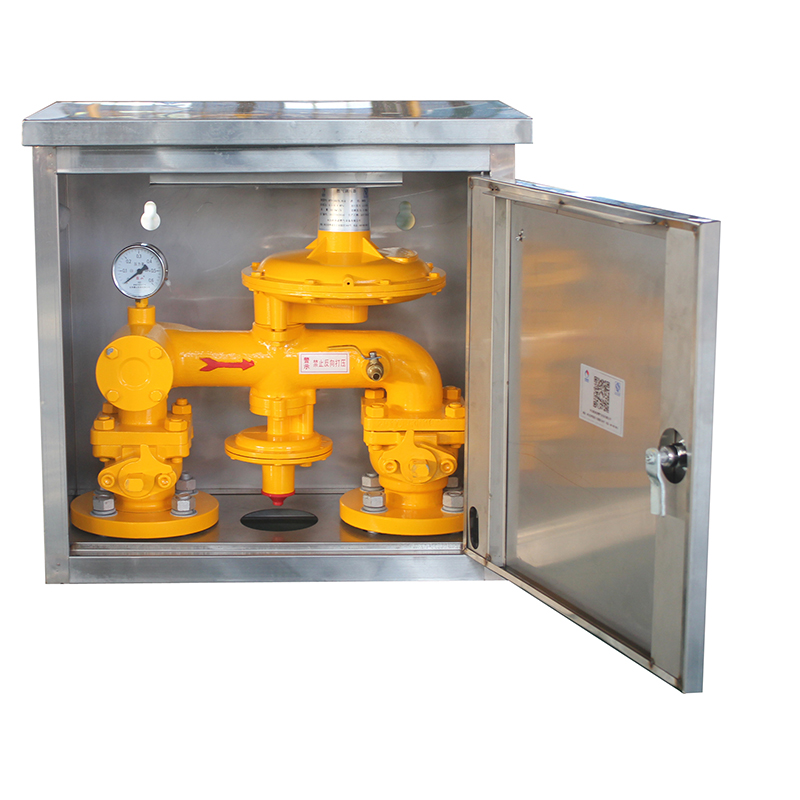
10 月 . 10, 2024 10:49
Back to list
Understanding Gas Pressure Vessels and Their Applications in Industrial Settings
Understanding Gas Pressure Vessels An Overview
Gas pressure vessels are specialized containers designed to hold gases at pressures significantly higher than atmospheric pressure. These vessels play a crucial role in various industries, including oil and gas, chemical manufacturing, and even food processing. Understanding how they function, their design requirements, and safety considerations is essential for engineers and operators alike.
The primary purpose of a gas pressure vessel is to safely store or transport gases. These vessels can be constructed from various materials, including steel, aluminum, and composite materials, depending on the specific requirements of the application, such as pressure rating and chemical compatibility. The design of the vessel is typically governed by industry standards and regulations, ensuring that they can withstand the forces exerted by the pressurized gas.
One important concept in the design of gas pressure vessels is the concept of pressure rating. Each vessel is assigned a maximum allowable working pressure (MAWP) that specifies the maximum pressure the vessel can safely handle. This rating is crucial because operating above this pressure can lead to catastrophic failures, including ruptures or explosions. Engineers must conduct thorough calculations and stress analyses to ensure that the materials and design will withstand the pressures involved without deformation or failure.
gas pressure vessel

Another vital consideration is the safety features integrated into gas pressure vessels. Safety valves, rupture disks, and pressure gauges are common components designed to monitor and control the internal pressure. These devices allow operators to maintain the vessel within safe operating limits and provide a mechanism for pressure relief in case of emergencies.
Furthermore, regular maintenance and inspections are critical for ensuring the integrity of gas pressure vessels. Over time, materials may degrade due to factors like corrosion, fatigue, or exposure to harsh chemicals. Routine inspections help identify potential issues before they escalate, ensuring the safety of personnel and equipment.
In addition to safety and maintenance, regulatory compliance is essential in the operation of gas pressure vessels. Many regions have strict regulations governing the construction and operation of these vessels to protect workers and the environment. Compliance with standards such as the ASME Boiler and Pressure Vessel Code (BPVC) is necessary to ensure that vessels are built and maintained to high safety standards.
In conclusion, gas pressure vessels are indispensable in various industrial applications, and understanding their design, operation, and safety features is crucial. With proper engineering practices, adherence to regulations, and regular maintenance, these vessels can operate safely and efficiently, contributing significantly to the industries they serve.
Latest news
-
Unlocking The Quality Gas Pressure ReducersNewsNov.01,2024
-
The Role of Gas Pressure Reducing StationsNewsNov.01,2024
-
The Importance and Functionality of Safety Relief ValvesNewsNov.01,2024
-
The Essential Role of Safety Valves in Natural Gas ApplicationsNewsNov.01,2024
-
The Essential Role of Gas Pressure RegulatorsNewsNov.01,2024
-
Enhance Your Premium Gas FiltersNewsNov.01,2024

